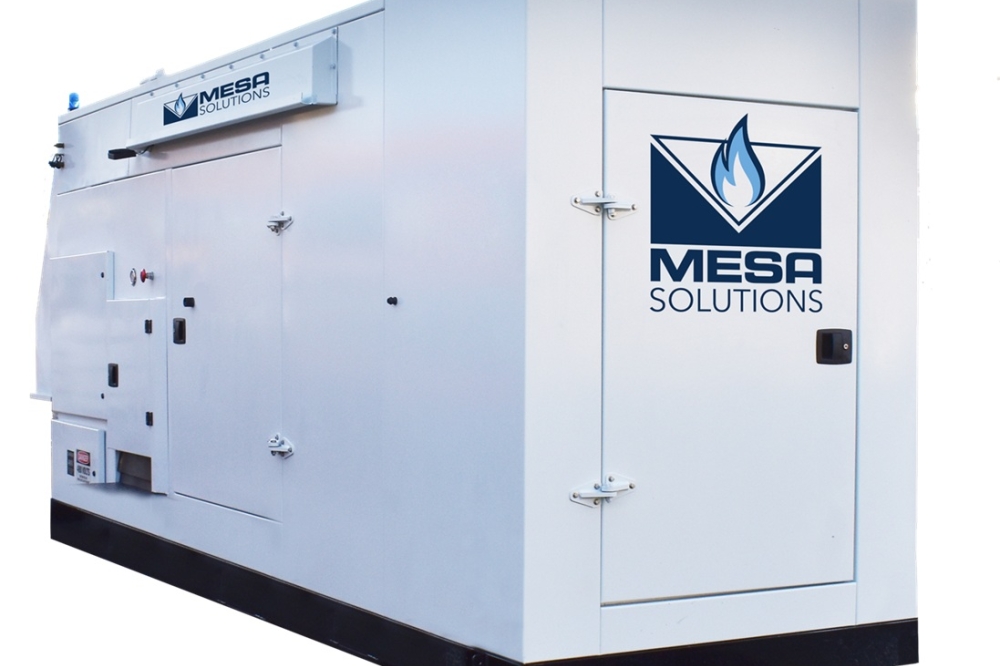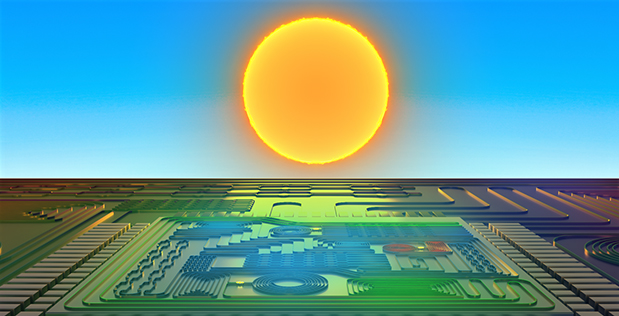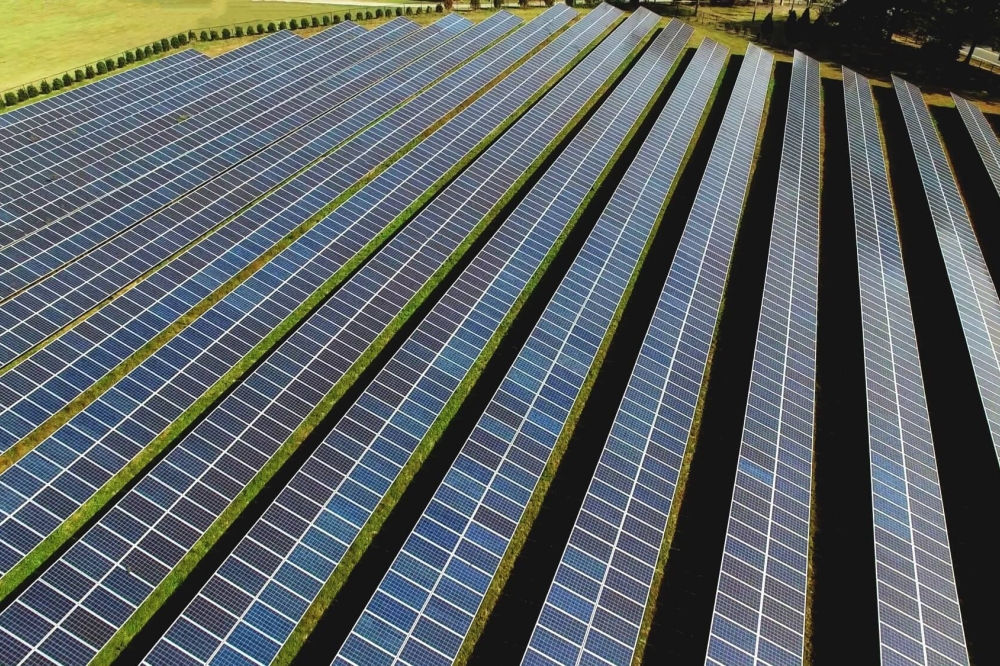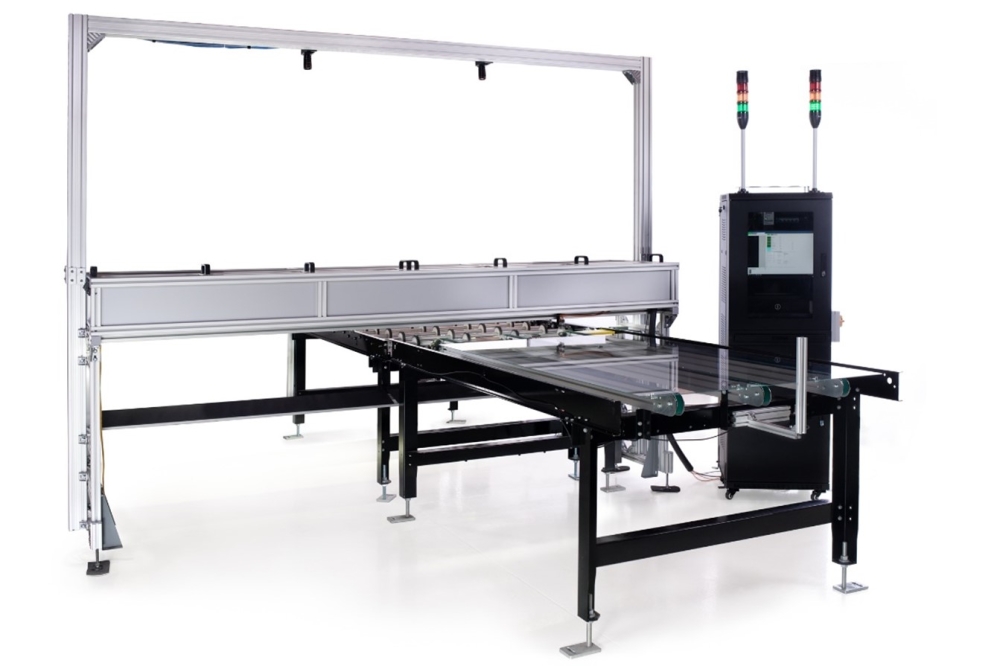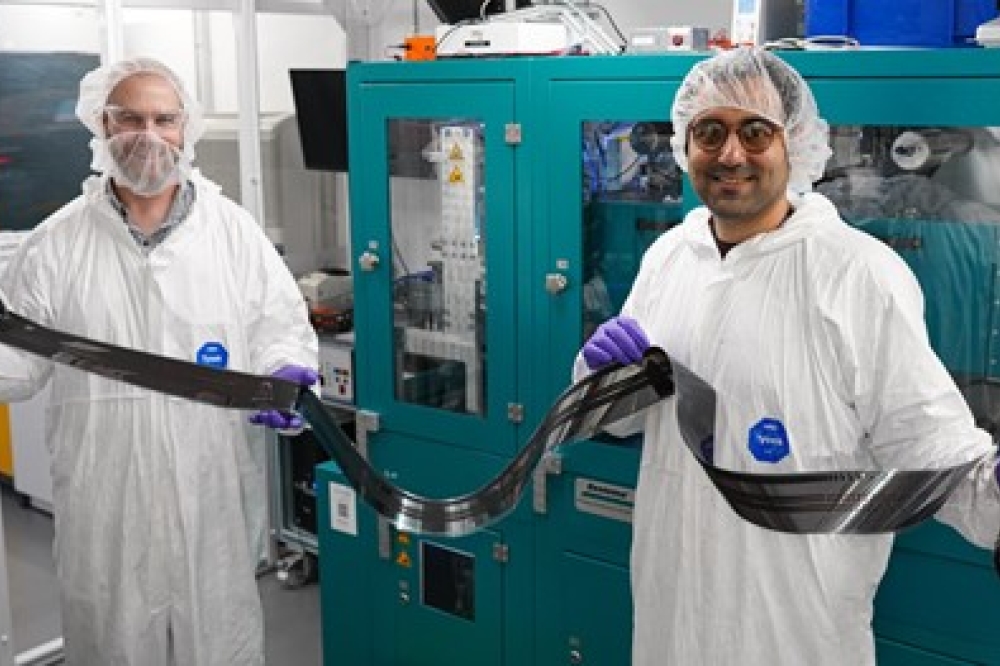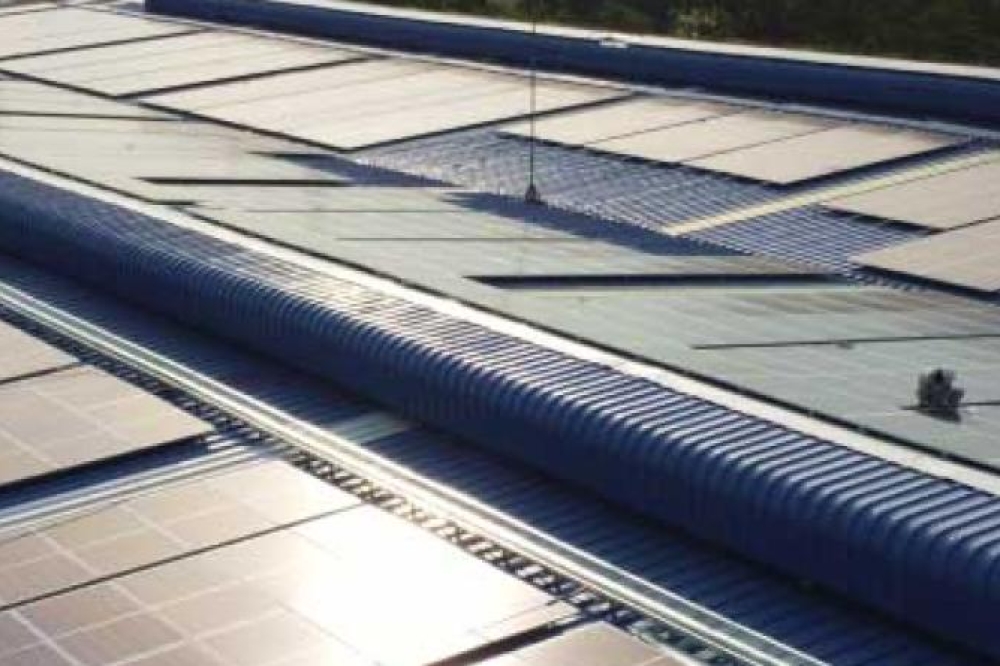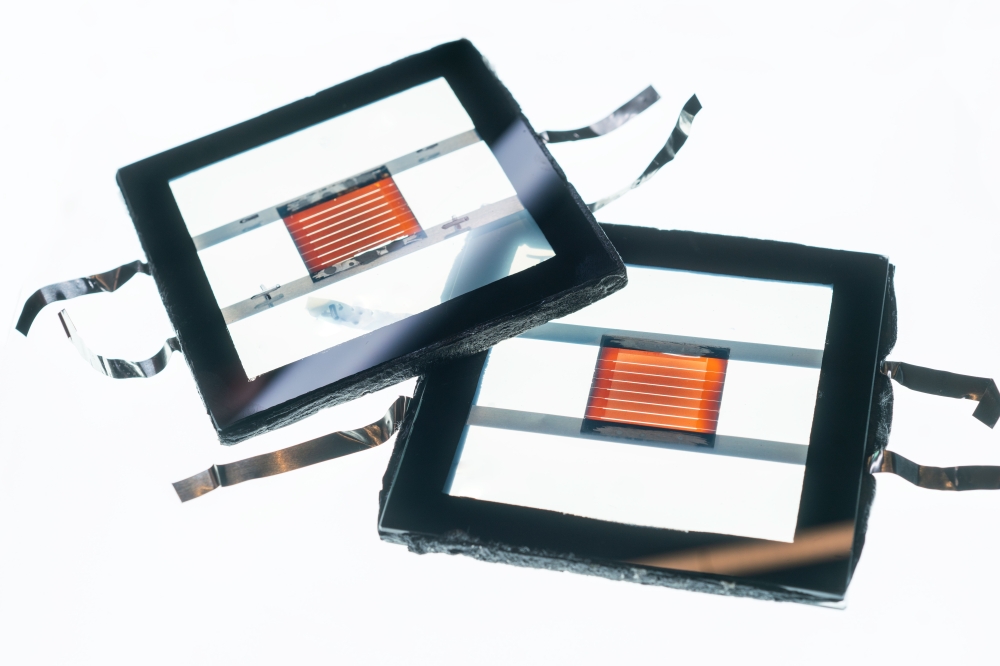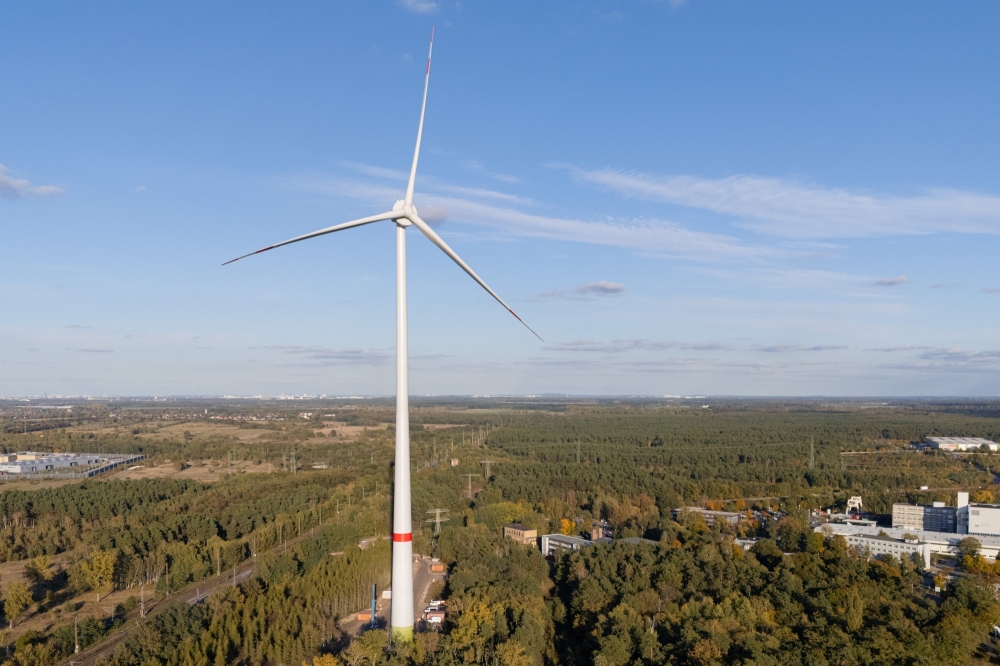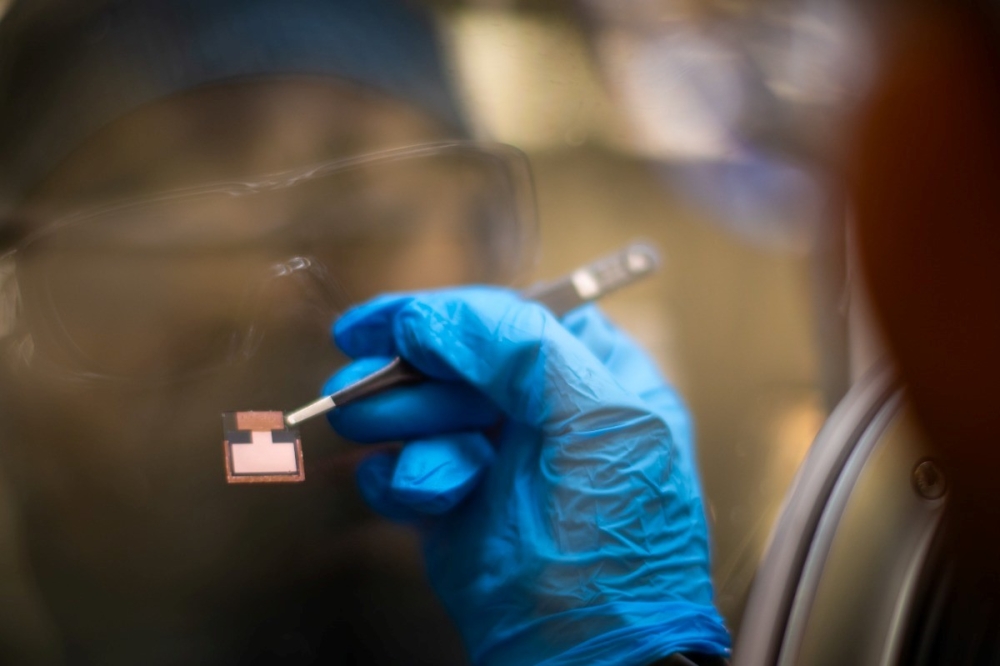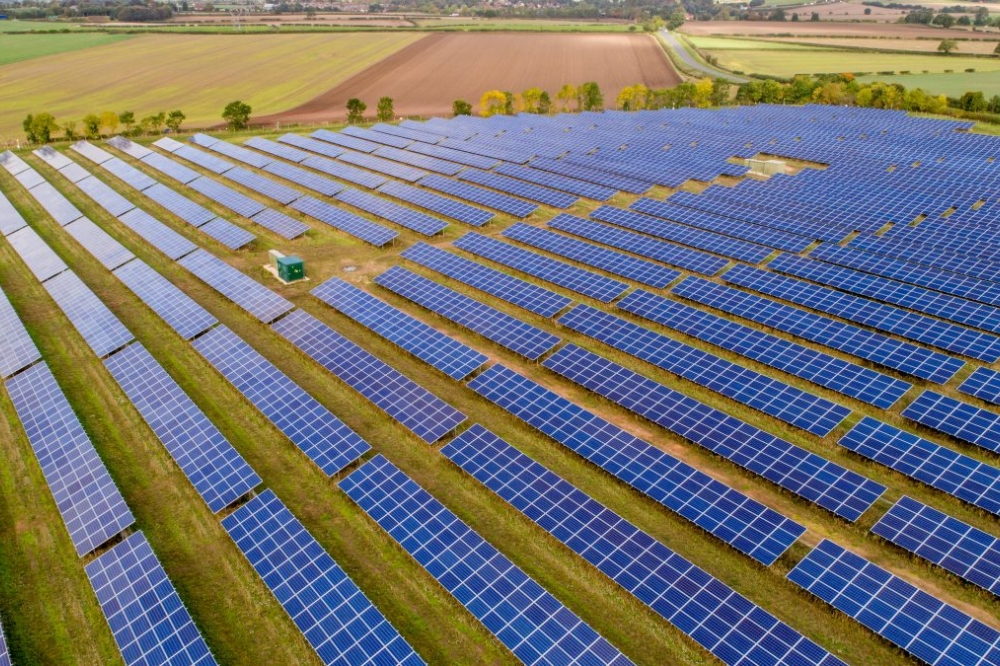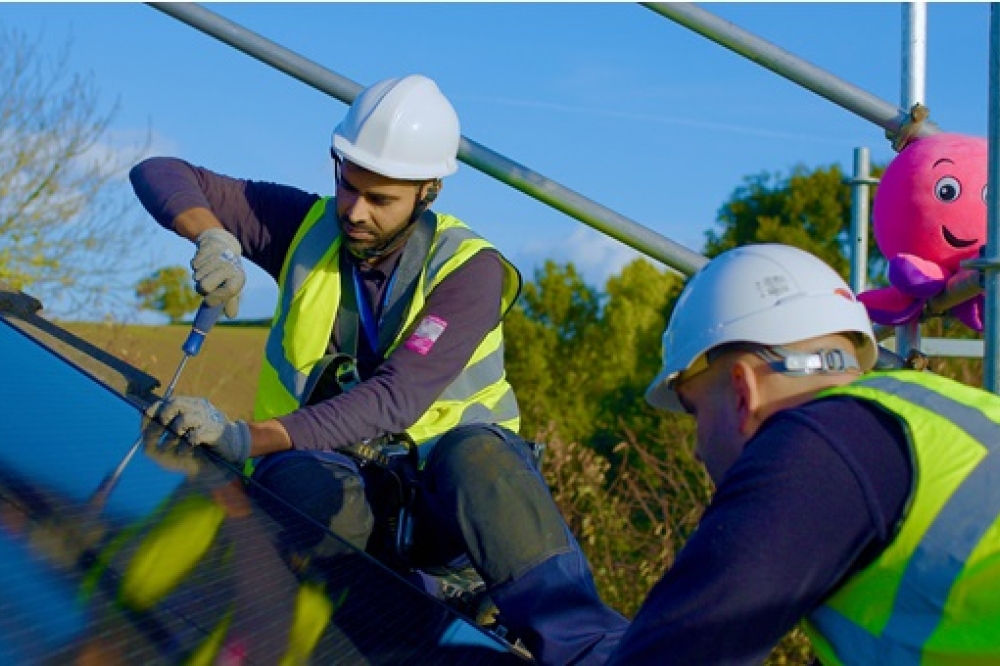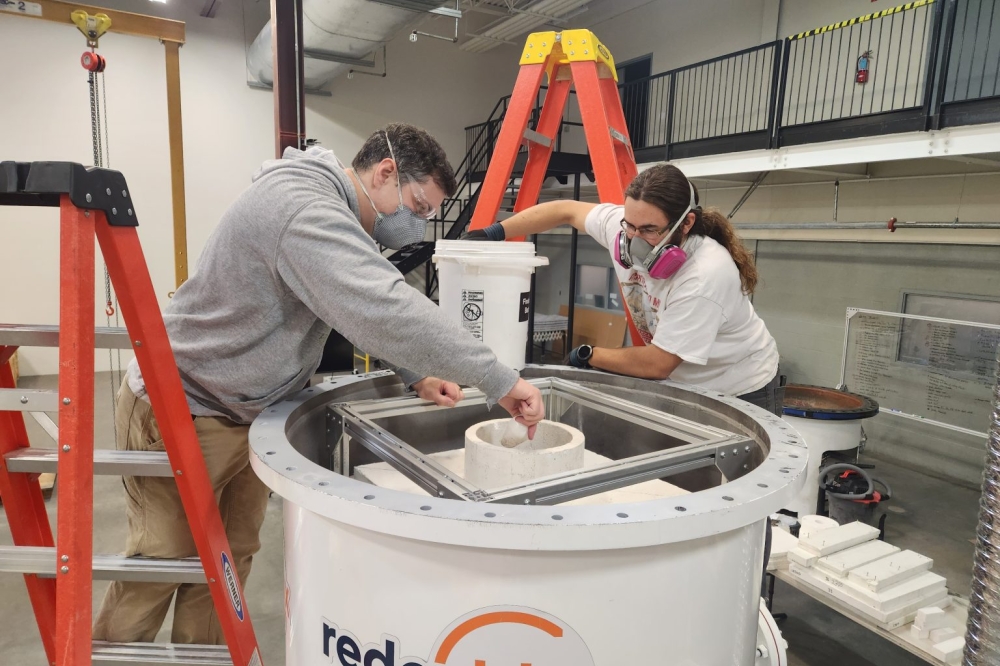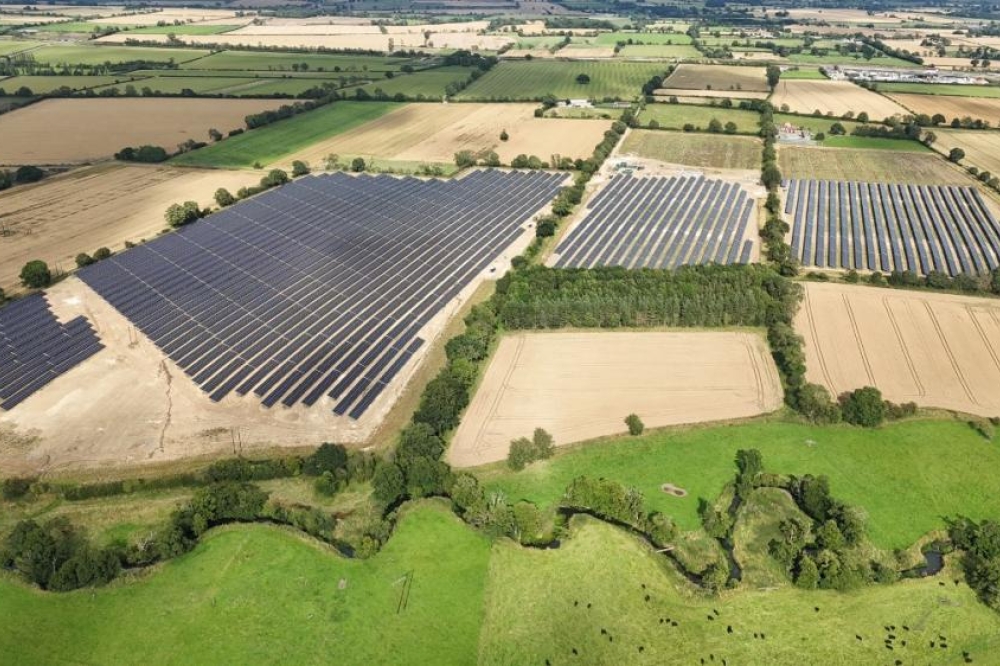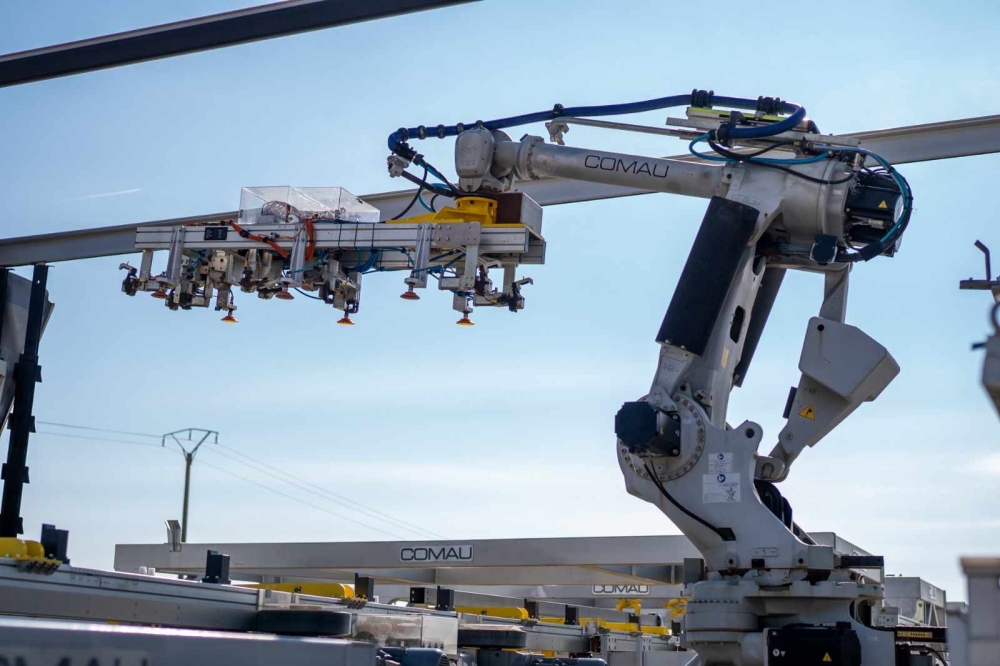Next gen solar cells can be totally recyclable
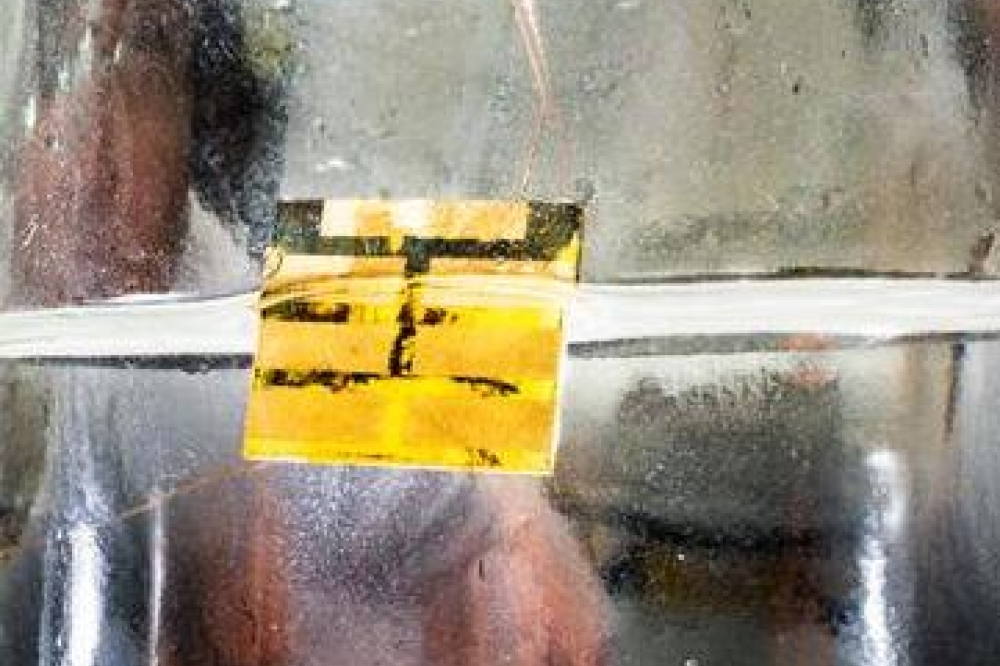
In a study published in Nature, researchers at Linköping University in Sweden have developed a method to recycle all parts of a perovskite solar cell repeatedly without environmentally hazardous solvents. The recycled cell has the same efficiency as the original one, and the main solvent is water.
Currently there's no efficient technology to deal with the waste of silicon PV panels. "That’s why old solar panels end up in the landfill. Huge mountains of electronic waste that you can’t do anything with,” says Xun Xiao, postdoc at the department of Physics, Chemistry and Biology (IFM) at Linköping University (LiU).
Feng Gao, professor of optoelectronics at the same department, adds: “We need to take recycling into consideration when developing emerging solar cell technologies. If we don’t know how to recycle them, maybe we shouldn’t put them on the market at all.”
“There are many companies that want to get perovskite solar cells on the market right now, but we’d like to avoid another landfill. In this project, we’ve developed a method where all parts can be reused in a new perovskite solar cell without compromising performance in the new one,” says Niansheng Xu, postdoc at LiU.
However, given that perovskite solar cells currently have a shorter life span than silicon solar cells it is important that perovskite solar cell recycling is efficient and environmentally friendly. Perovskite solar cells also contain a small amount of lead that is necessary for high efficiency, but this also places great demands on a functioning recycling process.
In addition, there are also legal requirements in large parts of the world for producers to collect and recycle end-of-life solar cells in a sustainable way.
There are already methods for dismantling perovskite solar cells. This mostly involves using a substance called dimethylformamide, a common ingredient in paint solvents. It is toxic, environmentally hazardous and potentially carcinogenic.
What the Linköping researchers have done, which they describe in their paper 'Aqueous based recycling of perovskite photovoltaics' is to develop a technology where water can be used as a solvent in dismantling the degraded perovskites. And more importantly, high-quality perovskites can be recycled from the water solution.
“We can recycle everything – covering glasses, electrodes, perovskite layers and also the charge transport layer.” says Xun Xiao.
The next step for the researchers is to develop the method for larger scale use in an industrial process. In the long term, they believe that perovskite solar cells can play an important role in providing the energy when surrounding infrastructure and supply chains are in place.




